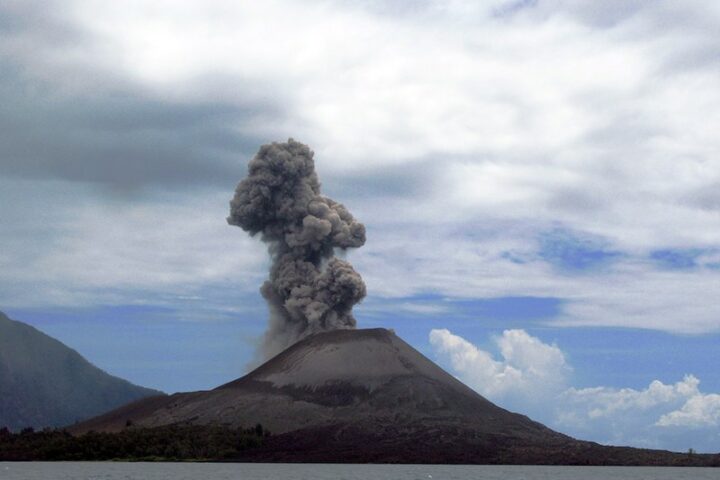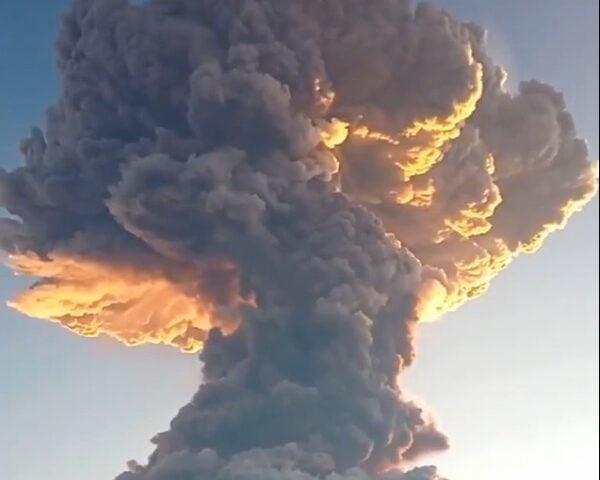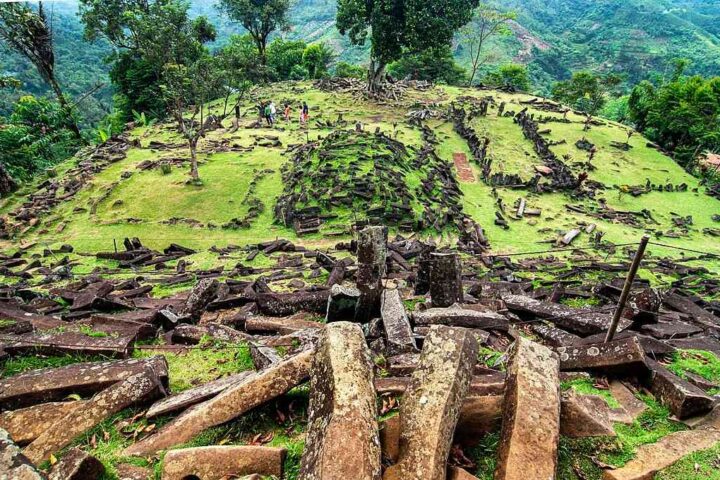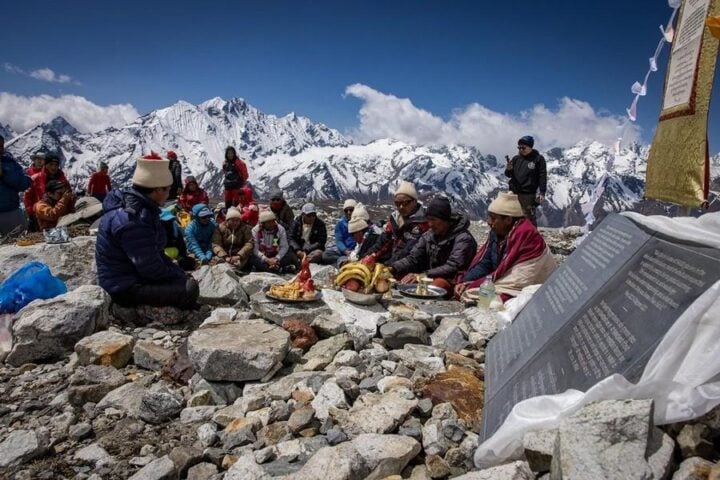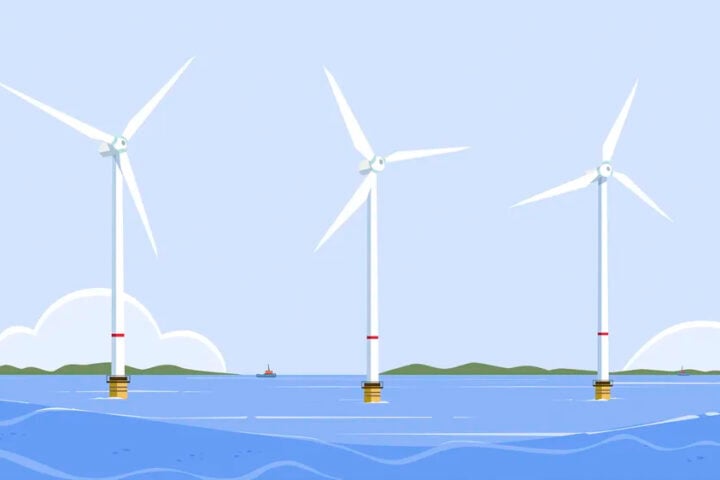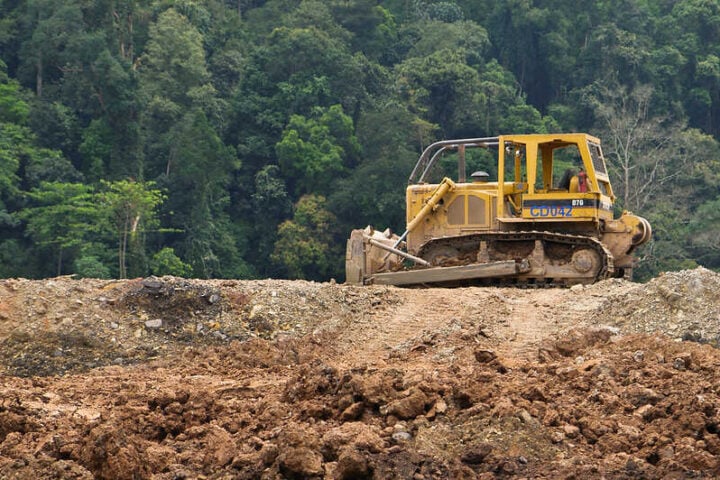Mother Earth has many wonders to reveal to mankind. In recent weeks, the sea near Japan has witnessed the birth of a new island, a phenomenon resulting from the eruption of an unnamed undersea volcano. Located less than a mile from Iwo Jima, this geological event has captured the attention of scientists and the public alike, offering a rare glimpse into the dynamic processes shaping the planet.
Begun on October 21, 2023, the eruption has been a subject of intense observation. Now approximately 328 feet in diameter, the accumulation of volcanic ash and rocks on the shallow seabed led to the emergence of the island, within a span of 10 days. The size of the island was confirmed by the Earthquake Research Institute at the University of Tokyo, as of October 30, 2023.
Yet, this new landmass, however, is not a permanent fixture. Its existence is threatened by the erosive power of ocean waves, a factor that has led to the disappearance of similar islands in the past. The composition of the island, primarily of fragile volcanic rocks, makes it susceptible to erosion, a concern echoed by Yuji Usui, an analyst at the Japan Meteorological Agency’s volcanic division.
Its rarity underscores the geological significance of this event. While undersea volcanic eruptions are not uncommon, they seldom result in the formation of new islands. The Ogasawara island chain, near which the current eruption is occurring, is itself a product of such volcanic activity. The most recent addition to this chain was in 2013, when the eruption of the Nishinoshima volcano led to the formation of a new island.
According to experts, the current eruption off Iwo Jima is a phreatomagmatic eruption, a type that occurs when magma interacts with seawater, leading to explosive bursts of steam and ash. As observed by Fukashi Maeno, an associate professor at Tokyo University’s earthquake research institute, this type of eruption is known for its dramatic and violent nature.
The future of the newly formed island remains uncertain. Past occurrences in the region, such as the islands formed in 1904, 1914, and 1986, offer a precedent; these islands eventually succumbed to natural forces and disappeared. The fate of the current island will depend on a variety of factors, including the continuation of volcanic activity and the nature of the materials deposited.
The location of Japan on the Pacific “Ring of Fire” makes it a hotspot for volcanic and seismic activity. The country is home to 111 of the approximately 1,500 active volcanoes worldwide. This geological setting not only shapes Japan’s landscape but also poses significant challenges and opportunities for scientific research.
The emergence of this island near Iwo Jima, an island historically known for its role in World War II, adds a new chapter to the region’s rich geological and historical tapestry. The iconic photograph of the American flag-raising during the battle of Iwo Jima in 1945, which became a symbol of the Pacific War, is a stark contrast to the peaceful yet powerful natural processes currently unfolding offshore.



